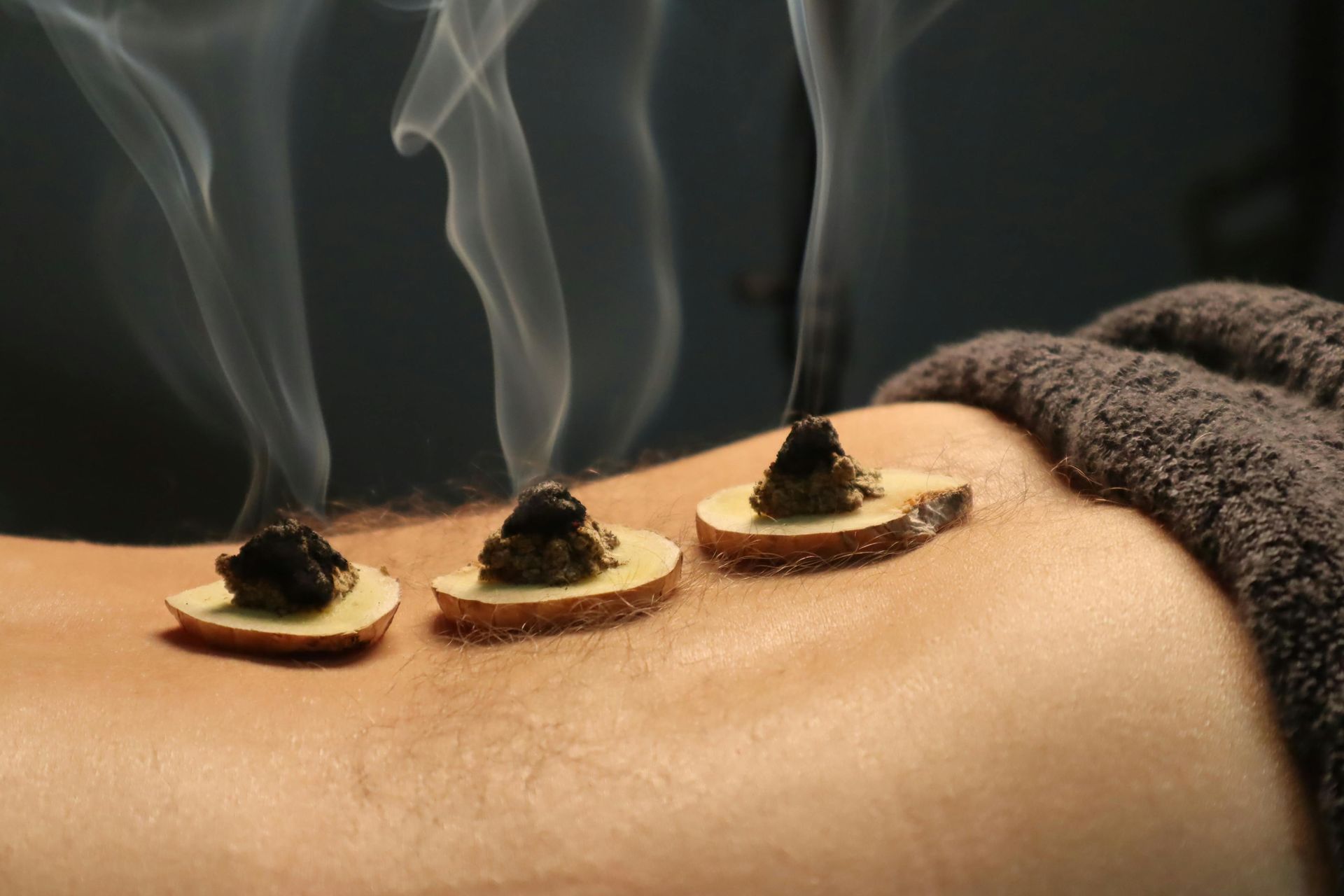Grain-Free and Gluten-Free Flours: What You Need to Know
As more people embrace healthier and more sustainable lifestyles, grain-free and gluten-free flours are becoming staples in modern kitchens. Not only do these flours offer incredible versatility, but they also serve as nutrient-dense alternatives to traditional grain-based options. Let’s explore why they matter, the excitement surrounding them, and how to use them in your recipes.

Why It Matters
Modern farming and processing methods have significantly altered traditional grain-based flours. These flours are often:
- Heavily processed and stripped of nutrient-rich components like bran and germ.
- Contaminated with chemicals and pollutants.
- Known to cause blood sugar spikes.
- Linked to digestive issues, leaky gut, and autoimmune conditions when over-consumed.
Grain-free flours counter these drawbacks, offering superior nutritional profiles, lower glycemic impacts, and gluten-free options for those with sensitivities.
The Hype Around Grain-Free Flours
Grain-free flours are naturally gluten-free and provide a healthier balance of carbohydrates and fats. They help maintain steady blood sugar levels and reduce inflammation, making them an excellent choice for health-conscious individuals.
Popular Grain-Free Flours and Their Uses
Each type of grain-free flour has unique properties and benefits. Here’s a guide to some of the most popular options:
1. Coconut Flour
- Flavor Profile: Mildly sweet with a hint of coconut.
- Uses: Highly absorbent, best for baked goods like cakes and muffins (use sparingly—no more than 20% of the recipe).
- Health Benefits:
High in fiber (up to 60%), aiding digestion and blood sugar regulation.
Reduces carbohydrate absorption.
2. Nut Flours (Almond, Hazelnut, Chestnut)
Almond Flour:
- Flavor Profile: Buttery and slightly sweet.
- Uses: Perfect for pastries and bread.
- Health Benefits: Rich in vitamin E, magnesium, and protein.
Hazelnut Flour:
- Flavor Profile: Nutty with earthy undertones.
- Uses: Pairs beautifully with chocolate recipes.
- Health Benefits: High in antioxidants like EGCG.
Chestnut Flour:
- Flavor Profile: Sweet and fragrant.
- Uses: Great for crepes or pancakes.
- Health Benefits: Lower in fat and phytic acid than other nut flours
3. Flaxseed Meal
- Flavor Profile: Mildly nutty with earthy tones.
- Uses: Works in baked goods, smoothies, or as an egg substitute.
- Health Benefits:
Packed with omega-3 fatty acids and fiber.
Contains lignans for antioxidant and hormone-balancing effects.
Improves digestion and supports heart health.
4. Tapioca Flour
- Flavor Profile: Neutral.
- Uses: Adds lightness and elasticity; excellent as a thickener or in gluten-free flour blends.
- Health Benefits:
Derived from cassava root.
High in starch; use sparingly to manage blood sugar.
5. Arrowroot Flour
- Flavor Profile: Neutral.
- Uses: A potent thickening agent for sauces and soups.
- Health Benefits: Contains calcium ash, enhancing its nutritional value.
Why Grain-Free and Gluten-Free Flours Are Worth Exploring
Switching to grain-free flours isn’t just a passing trend—it’s a step toward better health. From the hormone-balancing properties of flaxseed to the nutrient density of almond flour, these options bring diverse flavors, textures, and health benefits to the table.
Experiment with these alternatives to create healthier, more satisfying recipes. Whether you’re blending flours for baking or using them as thickeners, there’s a perfect grain-free option for everyone.
Which grain-free flour will you try first? Let us know in the comments!
Elev8d Essence: The Balance Blueprint




